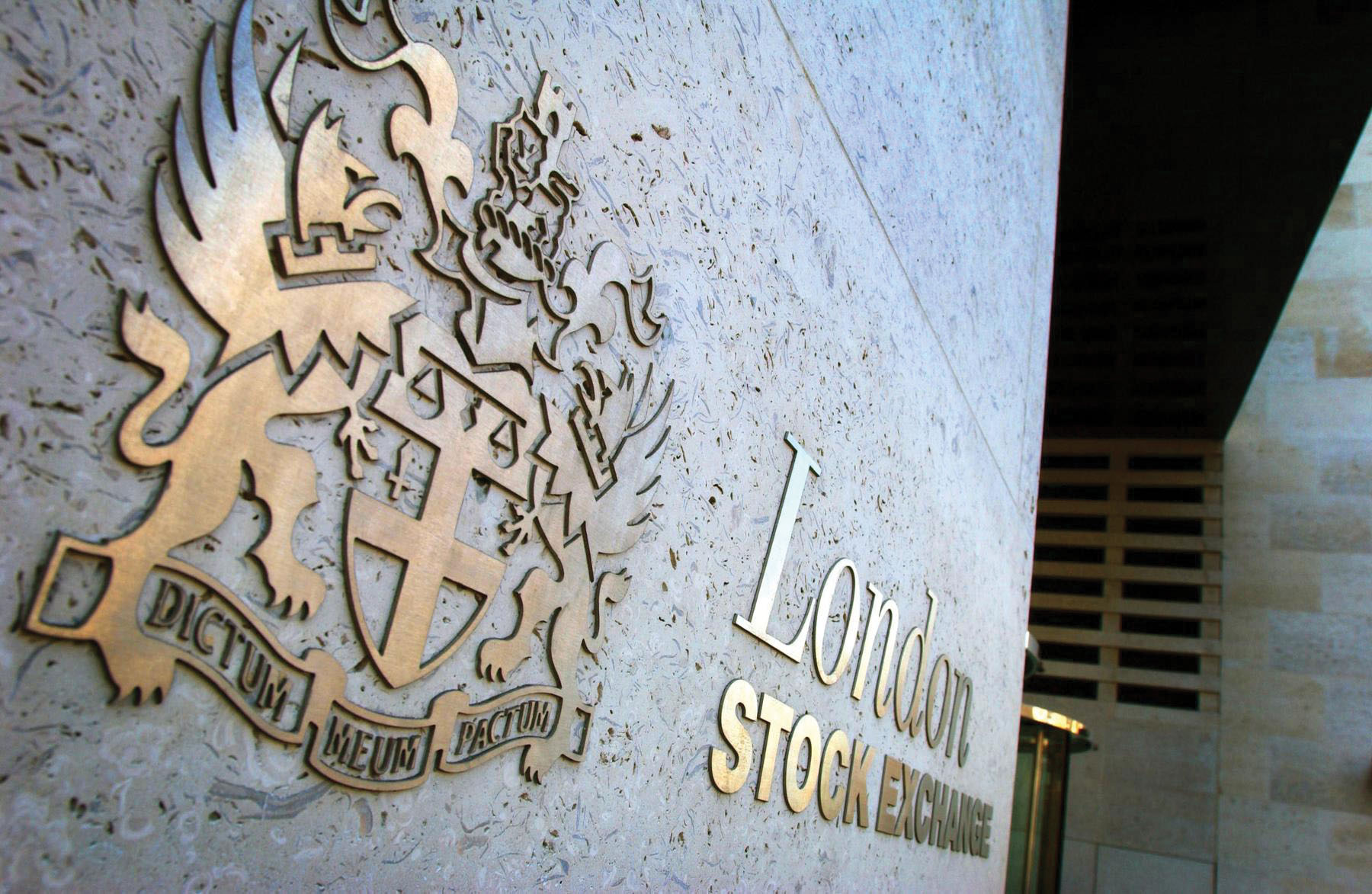Experienced Investor
Quarter of FTSE 100 firms forecast a dividend of more than 6 per cent

Some 26 companies in the FTSE 100 are forecast to pay a dividend of 6 per cent or more in 2019.
A combination of recent share price weakness and unchanged forecast dividend payments means there are some very attractive looking dividend yields on offer from the UK’s largest companies, according to AJ Bell.
Seven companies are forecast to yield in excess of 8 per cent and 4 of them more than 10 per cent. The FTSE 100 as a whole is currently expected to yield 4.8 per cent for 2019.
Russ Mould, investment director at AJ Bell, said the question now for investors is whether these are really as attractive as they look or whether they fall into the ‘too good to be true’ category.
He said: “Such a fat yield from the UK’s blue chip index looks extremely tempting compared to the Bank of England’s 0.75 per cent base rate for cash and the UK ten-year gilt, where the yield has retreated from 1.26 per cent at the start of the year to just 0.45 per cent.
“The dividend yield on offer may be one reason why the FTSE 100 is confounding the bears with a year-to-date gain of nearly 7 per cent in capital terms, despite all of the prevailing political and economic uncertainty.”
“The absolute dividend yield – and also the huge premium represented by the equity yield relative to the ten-year gilt yield – suggests that UK stocks are cheap and a lot of bad news may already be priced in.”
Dividend yield forecast
The top dividend yield forecast is from steel making and mining firm Evraz with a forecast of 15.3 per cent. This is followed by Taylor Wimpey (11.9 per cent), Persimmon (11.5 per cent), Imperial Brands (11.1 per cent) and BT (8.5 per cent).
The high yields on offer suggest that companies are aware of the importance of dividends to investors in a low-interest-rate world and are working hard to accommodate yield-hungry investors.
But Mould said that management must be careful that they are not over-paying and under-investing to curry short-term favour to the long-term detriment of their business’ competitive position.
“In terms of the highest yields, the presence of three house builders in the top ten highest yielders is testimony to the size of their capital return programmes, but it may also hint at investor scepticism that the industry can maintain its current lofty levels of profitability without the benefit of government assistance, via the Help to Buy and Lifetime ISA schemes. That said, Help to Buy has been extended again so it is possible that these payments are well underpinned, if unwittingly by the taxpayer.
“Imperial Brands, British American Tobacco and Evraz have all seen their share prices nosedive over the past 12 months although all increased their dividend payments last time they reported results.”
Dividend cover
However, Mould warns that would-be buyers of UK-quoted stocks will be looking a little nervously at the degree to which company profits cover forecast dividend payments, especially after dividend cuts at Vodafone, Centrica and – before it fell out of the FTSE 100 – Marks & Spencer.
Dividend cover is the ratio of a company’s earnings per share to the dividend per share. It helps indicate how sustainable a dividend is.
“Earnings cover for the FTSE 100 as a whole is forecast to be 1.63 times in 2019, down slightly from 2018 and still some way below the 2.0 comfort level that we last saw in 2014. The figure is even lower at 1.56 times for the 26 firms that are forecast to yield over 6 per cent this year,” added Mould, “The lowly earnings cover partly reflects the lofty expected pay-outs at a trio of house builders, Taylor Wimpey, Barratt Developments and Persimmon. The good news is that all three have net cash balance sheets with which to reassure shareholders, even if earnings cover looks lower than ideal.
Highest dividend payers
Ten firms are expected to pay out 54 per cent of the FTSE 100’s total 2019 dividend so dividend concentration remains an issue of which investors need to be aware, even if they are seeking exposure to UK stocks via an actively or passively managed fund.
“It is possible to argue that the dividend cover figure is skewed by the low cover on offer at huge dividend payers. Of the 10 largest forecast payers in actual cash terms, only one – Lloyds – is expected to offer dividend cover above two times,” said Mould.